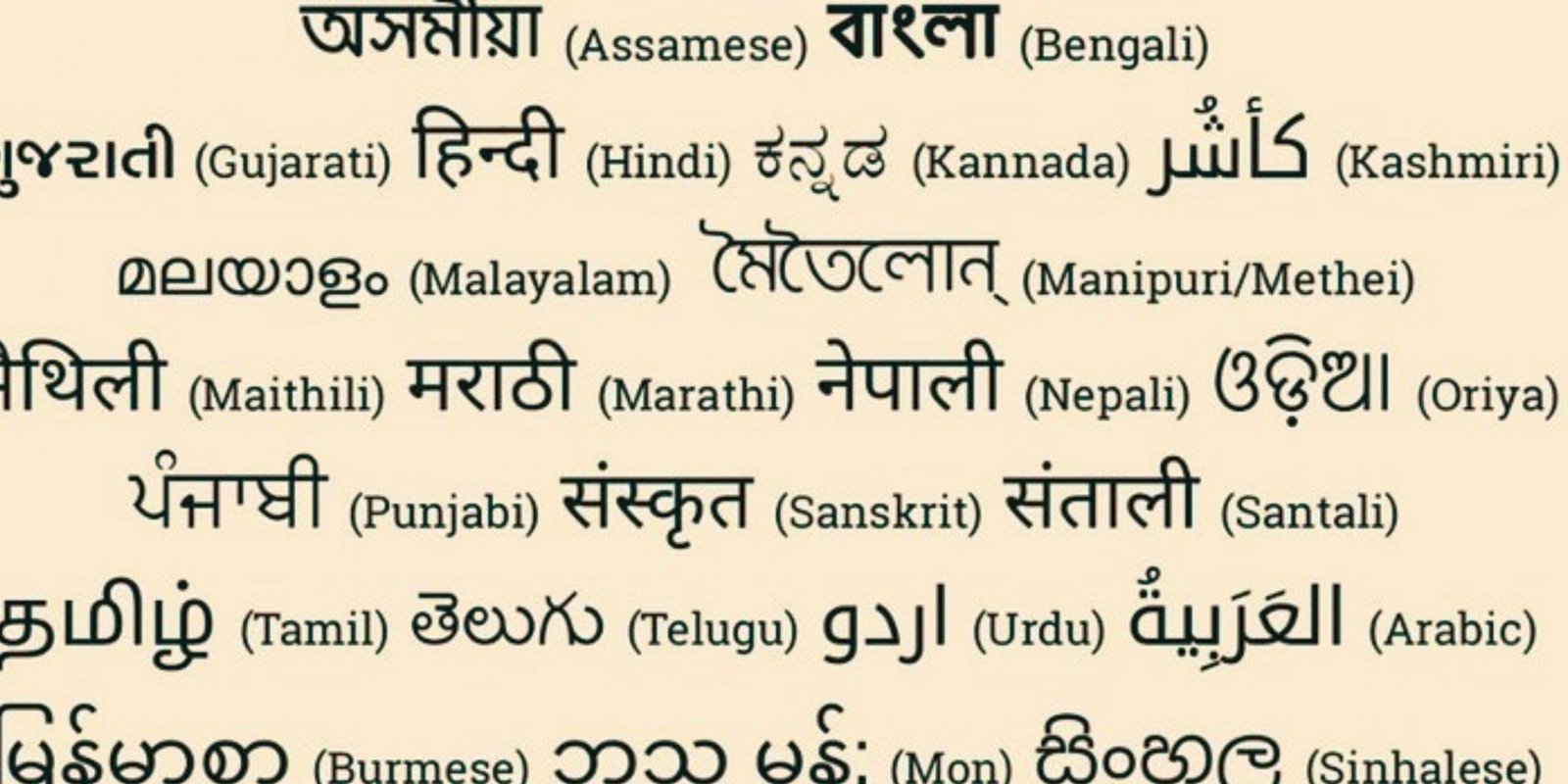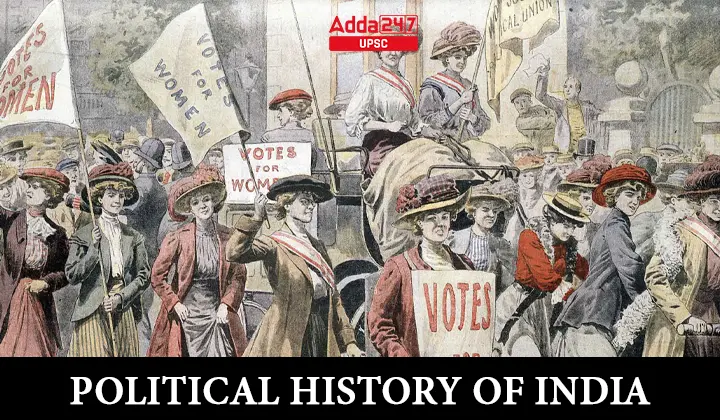India’s linguistic diversity is unparalleled, with a vast array of languages and dialects spoken across its length and breadth. This diversity, while enriching, has also led to complex language politics that have significantly influenced the country’s socio-political landscape. From colonial times to the present day, language politics in India has been a battleground for identity, power, and cultural preservation.
1. Pre-Colonial and Colonial Era
1.1. Pre-Colonial Linguistic Landscape
Overview: Before British colonization, India had a rich tapestry of languages influenced by various dynasties and empires.
Key Points:
- Diverse Linguistic Regions: Different regions had distinct languages, such as Tamil in the south, Bengali in the east, and Marathi in the west.
- Cultural Flourishing: Languages were closely tied to regional cultures, literature, and administration.
Examples:
- Literary Works: Ancient texts like the Tamil Sangam literature and Sanskrit epics.
- Administrative Languages: Persian under the Mughal Empire and various regional languages in different kingdoms.
1.2. British Colonial Impact
Overview: The British introduced English, significantly altering the linguistic dynamics of India.
Key Points:
- Introduction of English: English became the medium of administration, education, and higher judiciary.
- Linguistic Hierarchy: Created a class of English-educated Indians, leading to socio-economic divisions.

Examples:
- Macaulay’s Minute: Advocated for English education to create a class of “interpreters” between the British and Indians.
- Language of Elites: English became associated with prestige and power.
2. Post-Independence Language Politics
2.1. The Language Debate and Official Language Policy
Overview: After independence, India faced the challenge of selecting an official language that would unite the diverse nation.
Key Points:
- Hindi vs. English: Intense debates on whether Hindi should replace English as the official language.
- Language Act of 1963: Allowed the continued use of English alongside Hindi for official purposes.
Examples:
- Constituent Assembly Debates: Discussions on language policy and the inclusion of regional languages.
- Official Language Act: Ensured the coexistence of Hindi and English in administration.
2.2. The Reorganization of States
Overview: Linguistic reorganization of states was a significant political move to address regional language demands.
Key Points:
- State Reorganization Act of 1956: Created states based on linguistic lines.
- Regional Language Recognition: Enhanced the status and promotion of regional languages.
Examples:
- Andhra Movement: Led to the creation of Andhra Pradesh for Telugu speakers.
- Other States: Formation of linguistic states like Maharashtra (Marathi) and Tamil Nadu (Tamil).
3. Linguistic Movements and Conflicts
3.1. Regional Language Movements
Overview: Various linguistic movements emerged, advocating for the recognition and promotion of regional languages.
Key Points:
- Tamil Movement: Strong opposition to Hindi imposition in Tamil Nadu.
- Bengali Language Movement: Protest against Urdu imposition in East Pakistan (now Bangladesh).
Examples:
- Anti-Hindi Agitations: Protests in Tamil Nadu in the 1960s against making Hindi the sole official language.
- Language Riots: Instances of violence and political unrest over language issues.
3.2. Bilingualism and Multilingualism
Overview: India’s linguistic policy promotes bilingualism and multilingualism to accommodate its diverse population.
Key Points:
- Three-Language Formula: Schools teach Hindi, English, and a regional language.
- Cultural Integration: Encourages linguistic diversity while promoting national unity.
Examples:
- Education Policy: Inclusion of multiple languages in school curricula.
- Cultural Programs: Government initiatives to celebrate and promote linguistic diversity.
4. Contemporary Language Politics
4.1. Digital Era and Language Use
Overview: The digital age has transformed language use and politics in India.
Key Points:
- Digital Content: Increasing availability of digital content in regional languages.
- Language Technology: Development of tools for translation and communication in multiple languages.
Examples:
- Social Media: Platforms like Facebook and Twitter offering interfaces in regional languages.
- Language Apps: Mobile applications for learning and using regional languages.
4.2. Policy and Legislation
Overview: Contemporary policies continue to evolve, addressing the linguistic demands of different communities.
Key Points:
- Language Rights: Legal frameworks to protect and promote linguistic diversity.
- Government Initiatives: Programs to support regional languages in education, media, and technology.
Examples:
- National Education Policy: Emphasis on mother tongue education.
- Cultural Programs: Government-sponsored festivals and events celebrating linguistic diversity.
5. Future Prospects and Challenges
5.1. Preservation of Endangered Languages
Overview: Efforts to preserve and revitalize endangered languages are crucial for cultural heritage.
Key Points:
- Documentation Projects: Recording and documenting endangered languages.
- Community Involvement: Engaging communities in language preservation efforts.
Examples:
- NGO Initiatives: Organizations working to document and revive languages like Bhojpuri, Santali, and others.
- Academic Research: Universities conducting research on lesser-known languages.
5.2. Balancing National Unity and Diversity
Overview: Balancing national unity with linguistic diversity remains a significant challenge.
Key Points:
- Inclusive Policies: Creating policies that respect linguistic diversity while promoting national cohesion.
- Cultural Integration: Encouraging the celebration of linguistic diversity as a national strength.
Examples:
- Language Policies: Inclusive language policies that cater to diverse linguistic groups.
- Cultural Programs: National programs that promote the cultural heritage of different linguistic communities.
Conclusion
The history of language politics in India is a testament to the country’s complex and dynamic linguistic landscape. From colonial times to the present digital era, language politics has been a critical factor in shaping India’s socio-political fabric. As India continues to evolve, balancing linguistic diversity with national unity will be essential for fostering an inclusive and culturally rich society.

